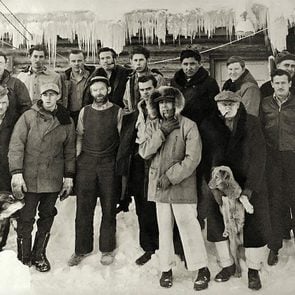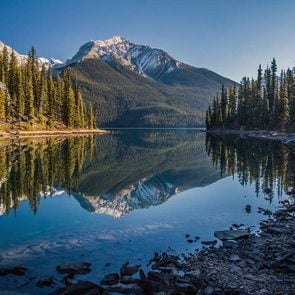This Was One of the Hottest Days in Canadian History
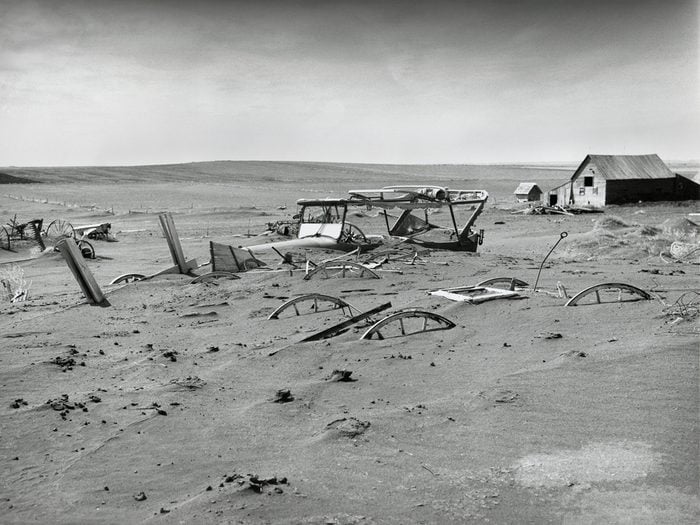
Before the record-breaking heat experienced in B.C. this June, the highest temperatures in Canadian history dated back to July 5, 1937. Here's what it was like on that scorching summer day.
The year was 1937. Canada was in the midst of the Great Depression, which saw the national unemployment rate peak at 40 per cent. On top of that devastating economic catastrophe, the Canadian and American prairies were also experiencing nearly a full decade of extreme drought, which further threatened the livelihood of farmers.
That summer’s unbearably hot weather would peak on July 5th, when two small towns southeast of Regina recorded the highest temperatures in Canada up to that point. On that scorching day, the inhabitants of Midale and Yellowgrass watched the mercury reach 45.5 degrees Celsius, or about 113 degrees Fahrenheit. That record wouldn’t be topped until June 27, 2021, when Lytton, B.C., reached 46.6 degrees Celsius, or about 116 degrees Fahrenheit.
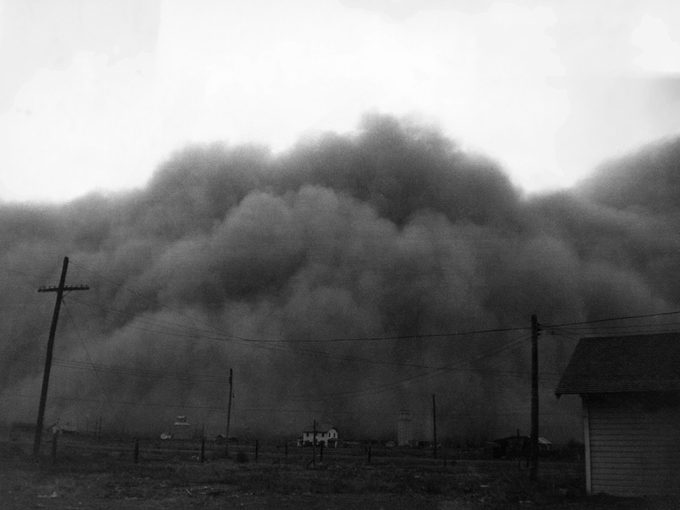
Life in the dust bowl
Dry spells had been a persistent feature of the prairies since settlement and homesteading began in in the 1870s, but the dry spells of the 1930s were notorious for the scale—both in terms of duration, and area affected. The dust bowl, as the period (and region) is often called, coupled with the worldwide economic downturn, meant that times were tough for the Canadians who called it home—a marked change from the decade prior.
In the 1920s, western Canada was prosperous, and their good fortune was bolstered by wheat exports. Suddenly, both the abundance of wheat and the price of the crop plummeted, leading to an especially harsh existence for those who remained. The drying winds whipped up loose soil and created massive dust storms that made outdoor activity uncomfortable, if not impossible. The dust would settle everywhere: homeowners got in the habit of hanging wet sheets over doorways and setting tables with the cups upside-down until needed, but the dust got in nonetheless and covered everything with a thick film.
Even in places that were spared dust storms, the heat stunted the crops and prevented the bountiful yields that farmers in the Canadian breadbasket had become accustomed to. The situation was so dire that two-thirds of farmers in Saskatchewan lined up for monthly aid from the government. An account in Ten Lost Years, a collection of oral histories from the Great Depression in Canada, described the dust bowl as “survival of the fittest, and I read my Bible more now than I ever did and I never read of hard times like that, like we had in the middle of the Thirties. They was Dirty Thirties all right.”
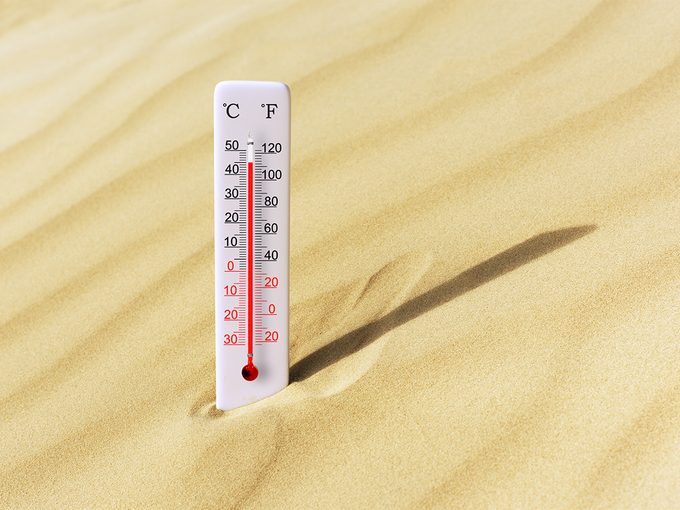
How hot is hot?
It’s hard to imagine exactly how hot 45 degrees Celsius is—especially in a country that’s at least partly defined by its tolerance to extreme cold. According to the Regina Leader-Post, which recorded first-hand accounts of the extreme heat event, the asphalt streets turned gooey, candles began to go limp on mantles, gramophone records melted in storefront displays, car radiators boiled over and rubber tires softened in the heat. As for the classic heat test, whether it was hot enough to fry an egg on the sidewalk, a resident from Weyburn, Saskatchewan (another southern Saskatchewan town experiencing extreme heat that day) reportedly tried and told the Leader-Post, “it evaporated and dried up before it had a chance to cook.”
Aside from cooking eggs and melting tires, extreme heat can also be deadly for humans. In scorching conditions such as those as witnessed on July 5, 1937, the human body goes into overdrive trying to cool down, which can lead to heat stroke. These days, once the mercury rises to potentially hazardous levels, health advisories are issued, warning Canadians to stay indoors and drink plenty of water.
If the hottest temperature in Canada has you breaking a sweat, cool down with this look back at what happened in 1816—the year Canada didn’t have a summer.
